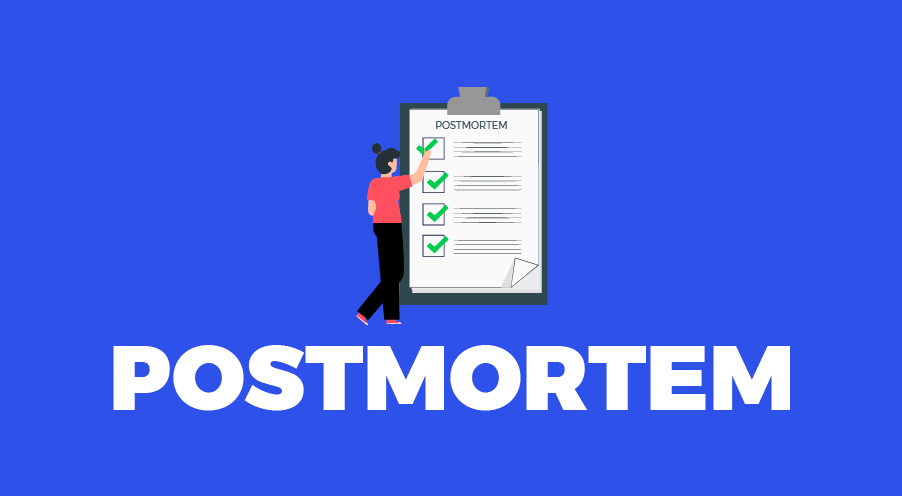Postmortem Practice
What is Postmortem?

Introduction: In a digital world where complex systems drive our daily operations, incidents inevitably occur. The term "postmortem" is more than a kind of "autopsy"; it's an essential practice to understand, correct, and learn from failures. This article teaches us by exploring what they are, why they are crucial, and how they can be effectively conducted.
What Are Postmortems? A postmortem, in the context of software engineering and IT operations, is a post-incident analysis designed to understand the root causes of a system failure. They are like an investigation to learn from mistakes and continuously improve systems. Instead of being about the death of something, postmortems are really about bringing systems back to life through continuous learning.
Why Are They Important? Postmortems transcend simple problem resolution; they are the backbone of a culture of continuous learning. By identifying not only what went wrong but also what went right, organizations can improve their resilience, incident response, and ultimately, the quality of their services.
Essential Components of a Postmortem:
- Incident Summary: An overview of what happened.
- Impact: An analysis of the impact on users and the business.
- Root Causes: Identification of the fundamental causes of the incident.
- Trigger: The event that triggered the failure.
- Resolution: Actions taken to remedy the incident.
- Detection: How the incident was initially identified.
- Action Items: Suggested preventive measures for future incidents.
- Lessons Learned: Reflections on what went right, what went wrong, and where luck came into play.
Conducting an Effective Postmortem:
- Swift Reaction: Initiate the postmortem as soon as the incident is resolved while the information is still fresh.
- Multidisciplinary Involvement: Gather all involved parties, from developers to operations teams and business representatives.
- No Blame, Only Learning: Create a culture where the focus is on learning, not blame assignment.
- Total Transparency: Share the results widely, creating an environment of trust and collective learning.
Conclusion: Postmortems are more than just a technical practice; they are a testament to the ongoing commitment to operational excellence and continuous improvement. By effectively integrating these analyses into our practices, we are shaping a more resilient and efficient future for our digital systems.
Postmortem Template
- Postmortem: [Problem Name]
- Date: [Date when the problem occurred]
- Authors: [Your Name(s)]
- Status: [Current status of the postmortem, such as "Complete" or "In Progress"]
- Summary: [A brief overview of the problem that occurred and its impact]
- Impact: • Duration: [Duration of the problem, in minutes, hours, etc.] • Financial Impact: [Description of the financial impact, if any] • Other Impacts: [Other relevant impacts, such as data loss, reputation impact, etc.]
- Root Causes: [Description of the root causes that led to the problem]
- Trigger: [Description of the event or action that triggered the problem]
- Resolution: [Description of the actions taken to resolve the problem]
- Detection: [Description of how the problem was detected, including monitoring systems used]
- Action Items: [List of recommended actions to prevent similar problems in the future, including responsible owner and reference to bugs or tasks]
- Lessons Learned:
- What Went Right: [Description of things that worked well during the incident]
- What Went Wrong: [Description of problems and failures that occurred]
- Where We Got Lucky: [Description of any lucky factors or favorable circumstances]
- Timeline: (All times are in UTC) [Details of the schedule, including important events that occurred during the incident, with dates, times, and descriptions]
Credits:
